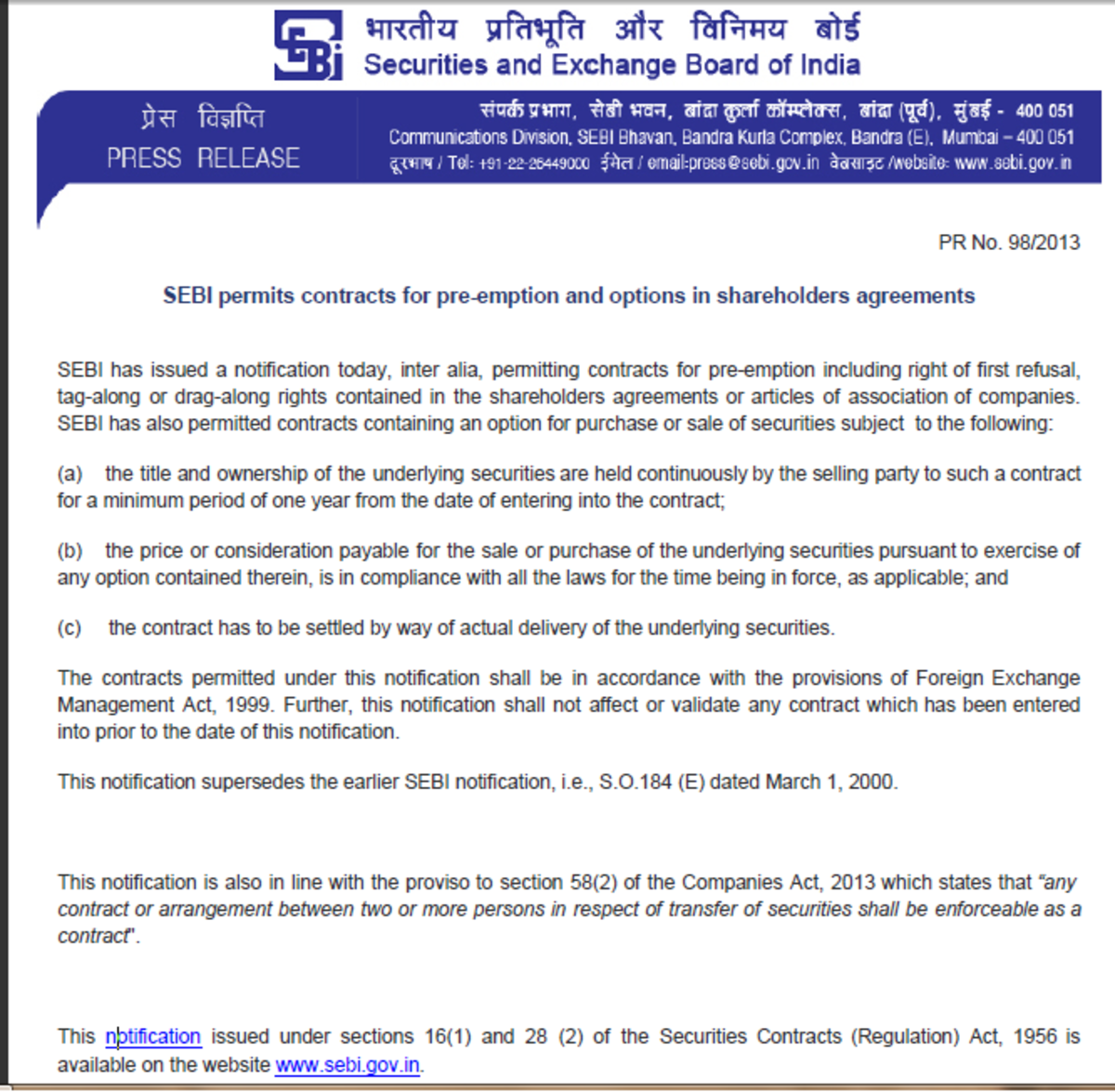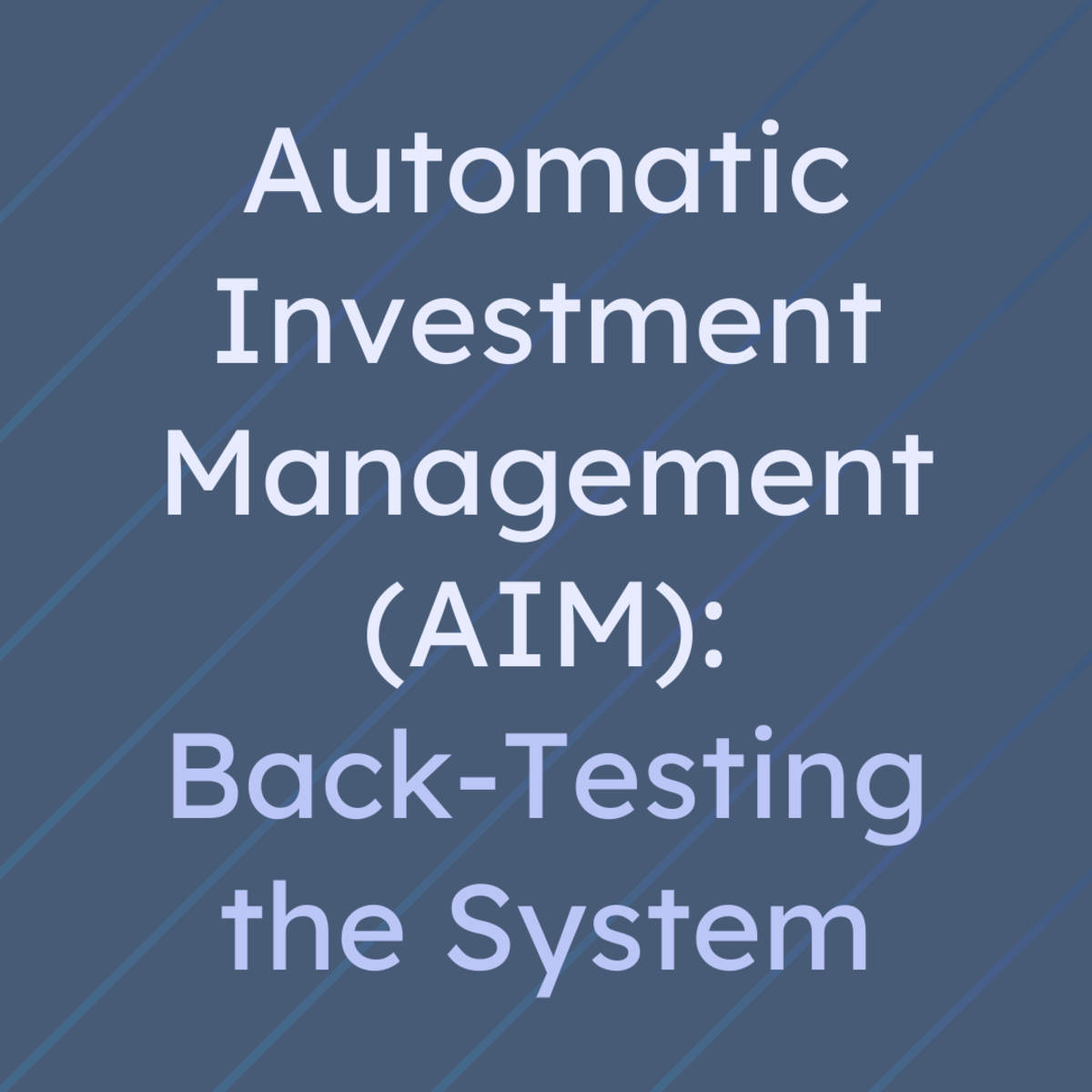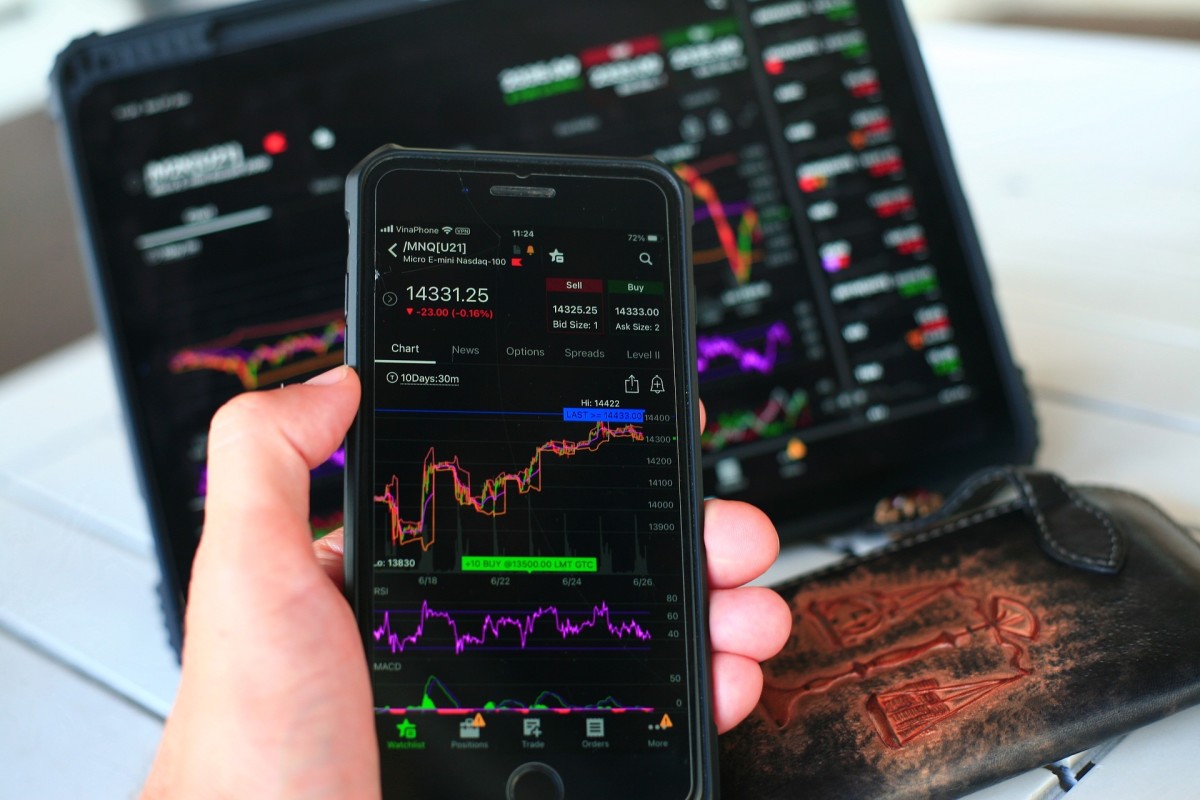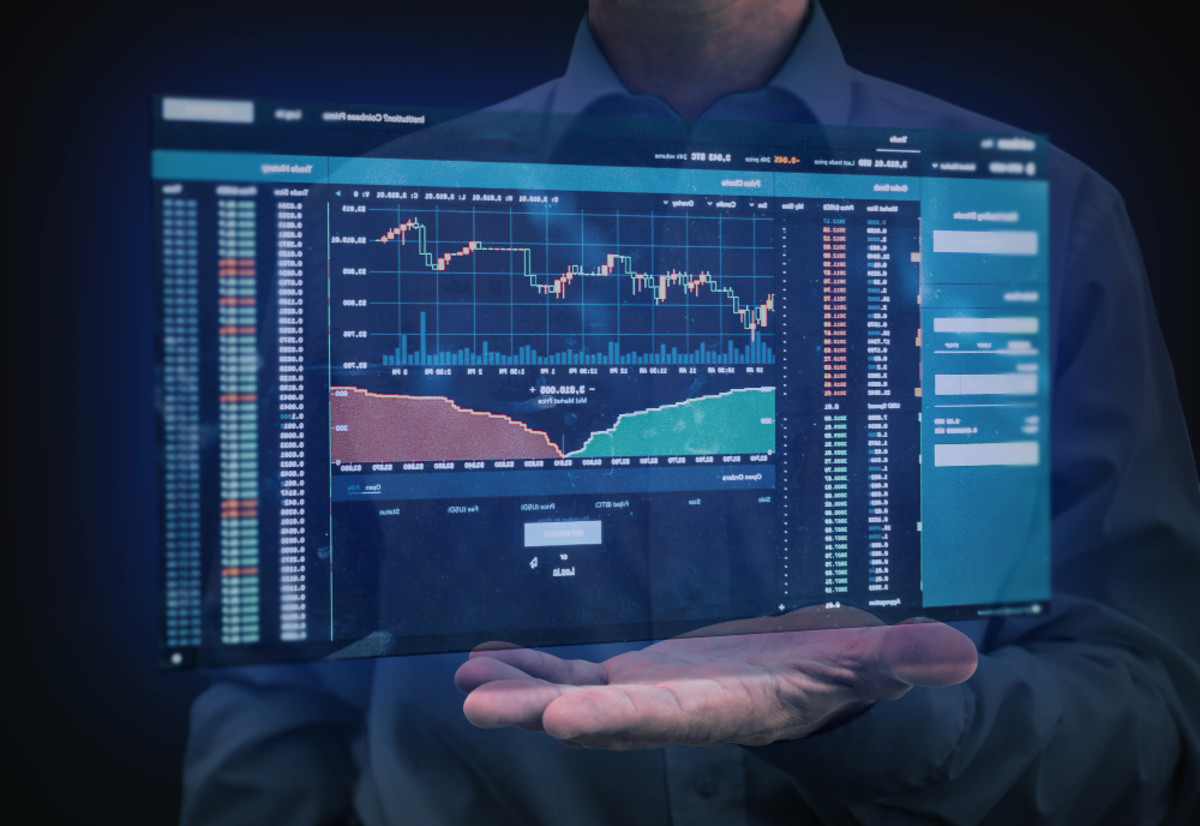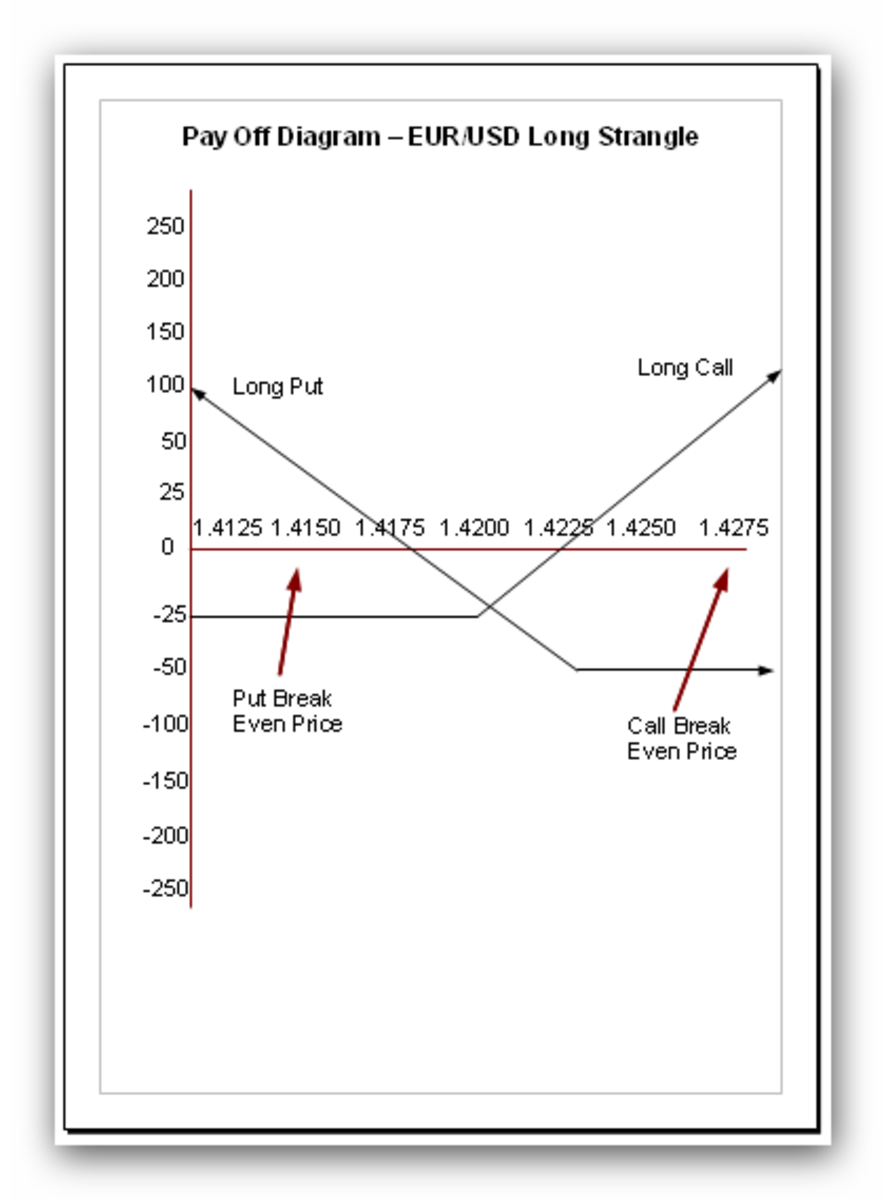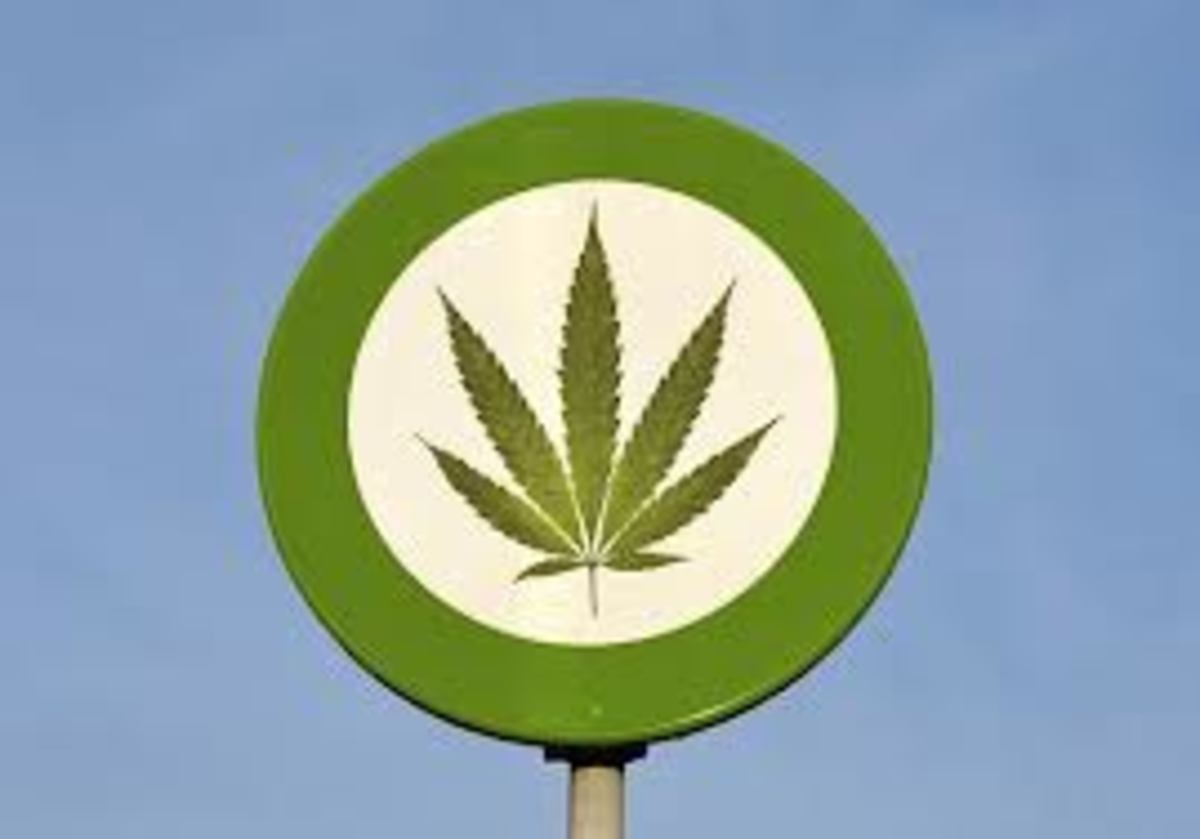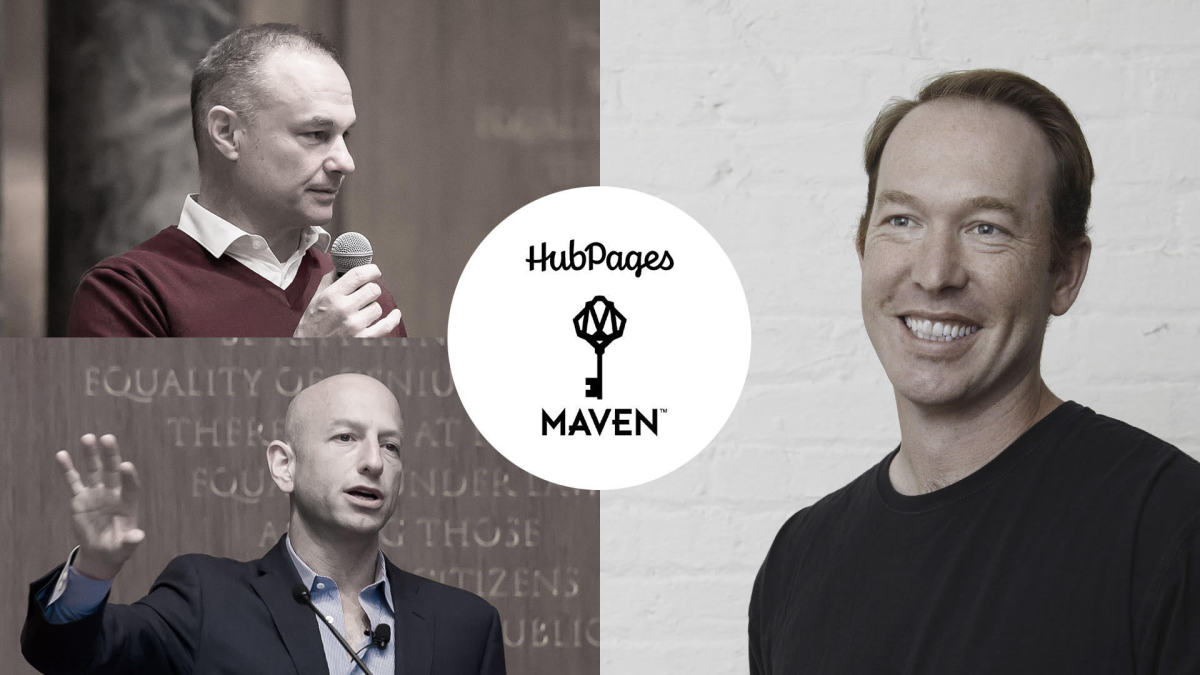What is a Stock Split?
"Stock split and stock dividend awarded to all owners of record as of January 1, 2020".
There is no doubt, all long term investors who have experienced the distinct pleasure of receiving the benefits of this carefully orchestrated financial strategy, will euphorically attest to the fact that this public notice is beautifully composed music to a shareholder's ears. The announcement of a future "Stock Split" by a publicly held and traded company is not only an extremely attractive incentive for current shareholders to add another round lot to existing positions, but typically results in an increased number of new individual and or institutional buyers lined up at the company door to purchase fresh new shares before the participation cutoff date. This increased buying action typically occurs even though the actual post split value will remain unchanged. The mere announcement, anticipation, and ultimate reality of doubling, tripling, or quadrupling the number of shares by doing absolutely nothing above and beyond simply owning a common stock stake in the company, can be perceived as a generous free gift or reward incentive from the issuing corporation thereby igniting or artificially inducing increased interest. This is indeed a non-embellished, often times frenzied response typically played out by the majority of shareholders and the general public, even though receiving an additional allotment of stock does not necessarily equate to immediate monetary gain and the underlying intent by the Board of Directors who authorize a stock split typically do so for a myriad of different reasons, and rewarding shareholders for "Free" is usually not on the top 10 list.
Regardless of precise circumstances or rationale surrounding the split decision, once a forward stock split is announced, the investor/owner is entitled to receive an additional stock award at no charge, to be distributed automatically into his/her account on a specified date in the future. The exact opposite scenario plays out with respect to a "Reverse" stock split transaction, an unwelcome event indicating a financially troubled company which will also be covered in this article. Please see below for details.
- Does the Price or Value of the Stock Double After a Split? No, the price is actually "split" and "adjusted" or lowered to reflect the new number of shares outstanding. For example a 2-1 split, the owner will receive 2 shares for every 1 currently owned and the new price will be adjusted by 50%. The owner now has twice as many shares at a split adjusted market value of 50% less. Please see the following examples.
Forward Stock Split
A "Forward" stock split is almost always regarded as a net positive event for the investor who holds shares in the respective company, the basic concept is as follows.
A company up until a specified date after the split is announced, will distribute additional shares at no cost to all investors who own or hold stock. The number of new shares received will depend on the "Split Ratio". For instance a 2-1 stock split means the individual investor or institution is entitled to receive 1 additional share for every share currently owned and or purchased in the future up until the designated cutoff date. If an investor owns 100 shares, an additional 100 will be distributed and automatically deposited into his/her account for a post split total of 200 shares. A 3-1 split will result in a total of 3 shares for every 1 an owner holds prior to distribution, and so on, 4-1 = 4 shares for every 1, 5-1 = 5 shares for every 1 etc.
A forward stock split will increase the number of shares outstanding by the exact number of new shares distributed to shareholders without resulting in dilution. Even though terms like "New" shares or "Additional" shares are frequently used by the "Street" to describe the process, there are no "New" shares either issued or distributed from the "Authorized" batch. Current outstanding shares are simply "Split" in half at the administration level.
- Note: There is no charge assessed to the shareholder for receipt of additional stock or for processing , shares are automatically registered and distributed to investors for free by the issuing company -
Example:
- Investor currently owns 100 shares of ABC Company
- Subsequent to a 2-1 stock split the investor will own 200 shares of ABC Company
- Price per share before the split - $20
- After the split each share will have a market value or price of - $10
>BEFORE SPLIT - 100 Shares X $20 = $2,000 Total Value
>AFTER SPLIT - 200 Shares X $10 = $2,000 Total Value
- Note: The number of shares double however, the actual value or "Market Capitalization" remains the same after the additional shares are distributed.
- Note: Options & Warrants for the underlying stock are also adjusted according to the exact same terms.
Reverse Stock Split
A "Reverse Stock Split" is the exact opposite of a "Forward Stock Split". Instead of receiving additional stock certificates from the respective company, the investor's total shares, or an institution's holdings are "Reduced" by the ratio specified. This process results in fewer shares outstanding with a higher market value.
There are many different reasons why a "Reverse" split is implemented by a corporation, one might be to try to create the perception of a more attractive investment for potential buyers. Typically, if a stock is flat lining around $3 or $4 for an extended period of time, it will be perceived as negative trading by the street and of course the speculation will begin to emerge regarding the future revenue and earnings potential of the company. Is the company financially sound? Are the fundamentals less than spectacular? Is management competent? All are legitimate questions and concerns that will undoubtedly arise when the lackluster price performance stagnates in the penny stock range.
Another very straight forward and unambiguous reason for a company to implement a Reverse Stock Split is to avoid "Delisting" from an exchange. If a stock stagnates at a certain price level for an extended period of time without exhibiting any indication of correcting to the upside, the company may run the risk of having its shares suspended, or even removed from trading on the exchange (Delisted). A pretty good reason to approve a "Reverse SS".
In the example below, if an investor owns 100 shares prior to a 1-2 "Reverse" stock split, the 100 shares will automatically be reduced to 50 shares, and just like a "Forward" stock split, the value remains the same.

Example:
- Investor currently owns 100 shares of ABC Company
- Subsequent to a 1-2 "Reverse" stock split the investor will own 50 shares of ABC Company
- Price per share before the split - $4
- After the split each share will be have a market value of - $8
>BEFORE REVERSE SPLIT - 100 Shares X $4 = $400 Total Value
>AFTER REVERSE SPLIT - 50 Shares X $8 = $400 Total Value
- Note: Just like a "Forward Stock Split", there is no charge for additional shares or fee to the shareholder for processing a "Reverse Stock Split"




- How to Choose the Best Qualified Financial Advisor o...
Internet Background Check? When researching a - What is a Mutual Fund? Basic Concept Defined
In general, a

